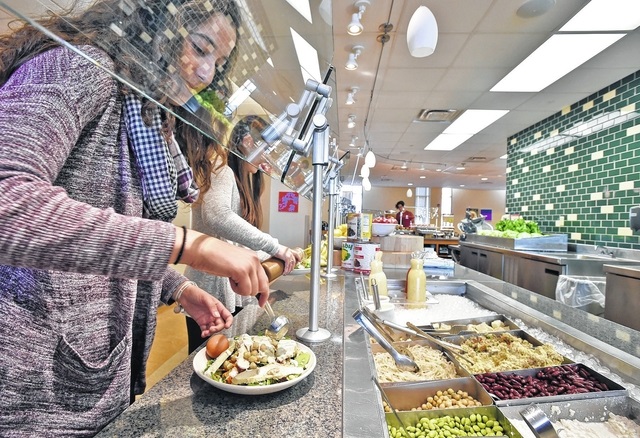California historian Kevin Starr once said, “California [is] the prism through which America glimpses its unfolding identity.”
California has long been a technology trendsetter and industry leader. In order to keep that tradition alive, we must move forward with the California High Speed Rail system.
It’s been over three years since California voters approved Proposition 1A, signaling a statewide willingness to jump into the future of transportation and lead the country. A high-speed rail system that will connect the major population hubs of California, and ease the ever-growing strain on our airports and freeway systems, is absolutely necessary.
The ability to travel from San Francisco to Los Angeles in just over two and half hours will undoubtedly increase efficiency in business and personal travel, while utilizing one-fifth of the energy that automobiles do for the same trips.
The California High Speed Rail Authority (HRSA) recently approved the latest draft business plan, which outlines how the high-speed system will be built, once it is approved by the legislature. The final price tag is roughly $68 billion.
California ranks in the top ten largest economies in the world, and in order to keep growing, we need jobs for Californians. The high-speed rail system has the potential to steadily contribute to our employment figures like no other project in recent history.
According to the HSRA, up to 100,000 construction-related jobs will be sustained every year the system is being built. There are tens of thousands of permanent jobs that could result from the maintenance and operation of the train system, and there is the potential for over 400,000 additional permanent jobs to be created over the first 25 years of the train system’s operation, created by the economic growth it will generate.
Additionally, suppliers and restaurants along the route will be well supported by the passengers, spurring further local economic development.
The California Legislative Analyst’s Office (LAO) has recently urged the Legislature to reject this most recent business plan from the HSRA, arguing funding for the project is still highly speculative, and roughly $13 billion has actually been secured, including $3.3 billion from federal funds.
Of those secured funds, $750 million has already been set aside to help improve local transportation services in the San Francisco Bay Area, including the major project of electrifying the Caltrain lines by the end of this decade, another added benefit of this project.
The staff of The Pioneer recognizes the LAO’s in-depth report as a fair assessment, however we see the benefits significantly outweighing the conjecture in the main arguments surrounding the funding for the project as a whole.
Dan Richard, the chair of the HSRA, who served on the board at BART for 12 years has said it is common for transportation projects to not be completely funded decades in advance.
We support Richard’s argument when he says, “We believe the entire program has value and will continue to have value, and we will not build any new legs unless we have the dollars.”
It is ludicrous to believe any major public project such as this one could obtain $68 billion prior to major construction commencing.
Creating hundreds of thousands of sustainable jobs across multiple sectors will fortify California’s economy now and for the future, and that kind of substantial positive impact far outweighs the supposed financial risks the LAO has put forth in their report as reasoning to slow this project down.
The Pioneer staff supports the forward progress and construction of the high-speed rail system for California, and urges the legislature to approve this project for the long-term benefit of our great state.










